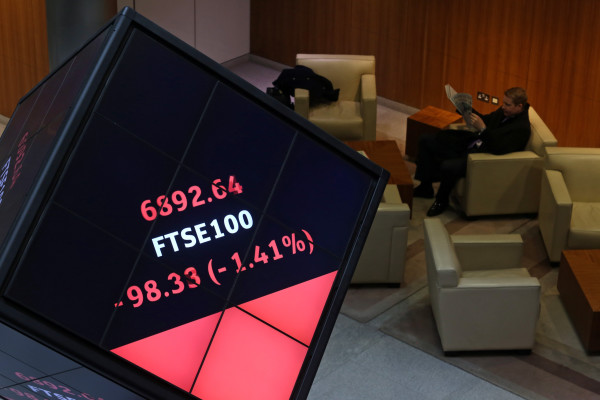

The pension contribution rates of FTSE 100 chief executives are on average four times higher than those received by employees, research has found.
After analysing FTSE 100 companies’ financial reports in 2018, pensions consultancy LCP found about half paid defined benefit pension contributions for their CEOs of 25 per cent or above.
At the same time the minority, only about 15 per cent of the FTSE 100 companies, paid CEO pension contributions or cash in line with their workforce.
LCP’s report also looked at contribution levels in the context of how much those companies paid out in dividends to shareholders.
In 2018 FTSE 100 companies paid around seven times more to shareholders than they paid into their DB schemes, an increase from paying six times more in dividends during 2017.
The consultancy firm stated that companies will need to "strike a delicate balance" when it comes to the possible tension between payment of dividends to shareholders and the payment of deficit contributions to pension schemes.
Phil Cuddeford, LCP partner and lead author of the report, said: "It is critical to go beyond the single headline statistic when it comes to drawing conclusions on the contributions or dividends debate.
"There will be many factors to consider and certainly no one-size-fits-all answer."
The Business, Energy and Industrial Strategy committee has previously described the current situation as an "unacceptable example of weak corporate governance and flagrant disregard for any notion of fairness" while the Parliamentary committee recommended that the regulator sought public explanations from any company that fails to align its executives' pensions with the majority of its staff's.
In November 2018, the Investment Association published its principles of remuneration which set out investor expectations on executive pay, and highlighted high pension contributions as a key concern.
It stated pension-related payments should not be used as a mechanism for increasing total remuneration, and pension contribution rates for executives should be aligned with those of the workforce.
In February, the professional body announced it would name and shame companies that pay high pension contributions to executives, and pressure has led to HSBC changing its policies in alignment with IA principles.
Lloyds has also come under pressure to change its policy in this area, with Frank Field, chairman of the Work and Pensions committee, accusing the bank of "trying to twist the arms of thousands of hard-working staff who helped generate £6bn profit last year alone".
According to Lloyds' policy, CEO Antonio Horta-Osório's pension contribution rate is 33 per cent while the maximum level for other Lloyds employees is 13 per cent.
The contribution rate for Lloyds’ chief operating and financial officers is also higher than other employees' at 25 per cent.
However, the bank shareholders supported the policy at the latest shareholder vote..
maria.espadinha@ft.com
What do you think about the issues raised by this story? Email us on fa.letters@ft.com to let us know



